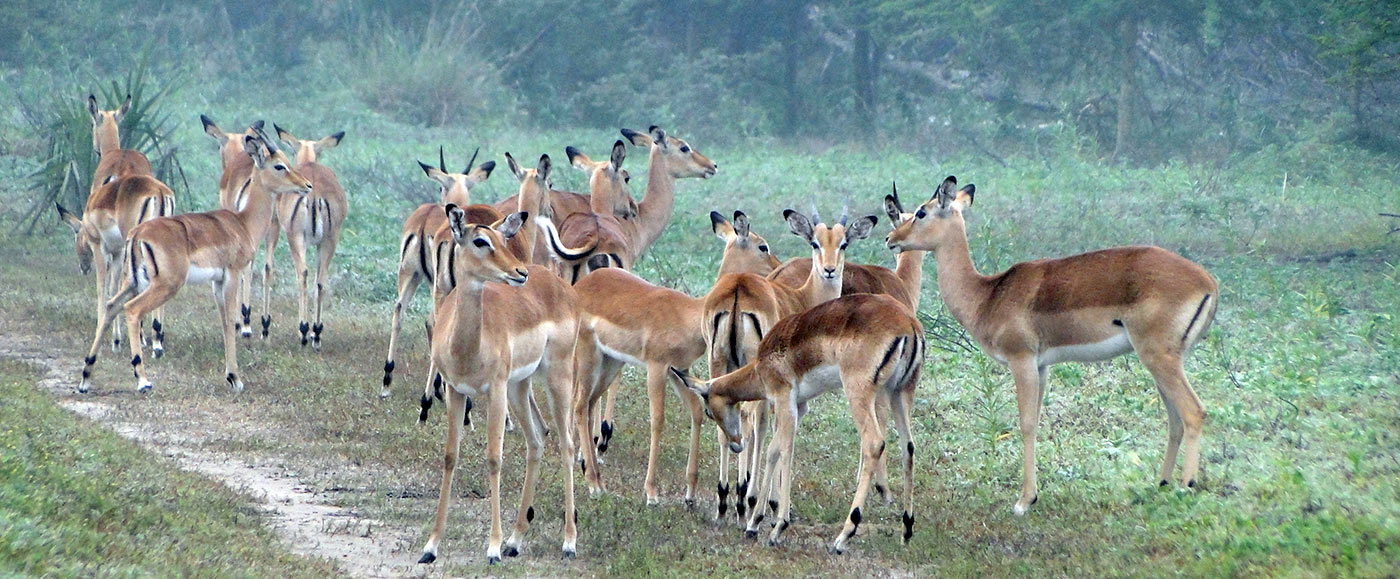Wild Meat
But due to overexploitation and loss of natural habitat, wildlife continues to face a dramatic decline. Additionally, unsustainable hunting and demand for wild meat increases the risk of disease-causing pathogens to make the leap to humans from other animals. When diseases spill over into human populations, they can threaten human lives, livelihoods, and food security.
Critical development goals of conserving biodiversity, achieving food security, and protecting the health of human communities requires more than siloed, sectoral efforts.
The Wild Meat Collaborative Learning Group serves as a platform for cross-sectoral learning exchanges to support evidence-based decision-making for improved programming. Together, we will share and elevate understanding of the importance of wild meat issues, to foster engagement and integrated learning on these issues, and to improve our effectiveness in USAID programming addressing wild meat.


